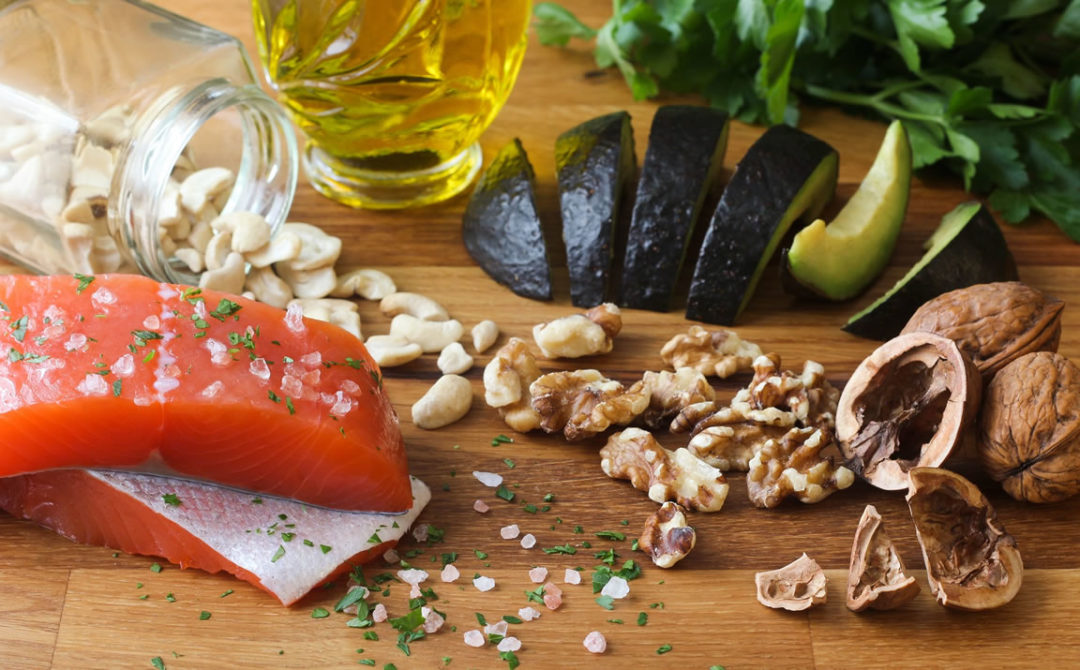That’s the finding from a team of researchers with the National Institute on Aging (NIA), the National Institute on Alcohol Abuse and Alcoholism (NIAAA), and the University of North Carolina at Chapel Hill (UNC).
A press release explains thatthis studyexpanded on the team’s previous work on the impact of linoleic acid on chronic pain. Linoleic acid is a fatty acid commonly found in corn, soybean, and other vegetable oils, as well as some nuts and seeds. Previous, smaller studies looked to see if linoleic acid inflamed migraine-related pain processing tissues and pathways in the largest of the body’s 12 cranial nerves, and found that a diet lower in linoleic acid and higher in levels of omega-3 fatty acids could soothe this pain pathway inflammation.
The current 16-week dietary intervention was performed on 182 adults with frequent migraines. Participants all received meal kits that included fish, vegetables, hummus, salads, and breakfast items. One group received meals with high levels of fatty fish oils and low levels of linoleic acid; one group received meals with high linoleic acid and high levels of fatty fish oils; and one group received meals with high linoleic acid and low levels of fatty fish oils, in order to mimic the average U.S. diet.
During the intervention period, participants monitored their number of migraine days, duration, and intensity, along with how their headaches affected their ability to function at work, school, and socially, and how often they needed to take pain medication.
Related: Omega-3 Index Predicts Mortality As Well As Smoking Does CRN-I Article Points to the Necessity of Nutrition for Healthy Aging Study Links Kids’ Mental Wellbeing With Nutrition
When the study began, participants averaged more than 16 headache days per month, over five hours of migraine pain per headache day, and had baseline scores showing a severe impact on quality of life, despite using multiple headache medications.The diet lower in vegetable oil and higher in fatty fish oil produced 30-40% reductions in total headache hours per day, severe headache hours per day, and overall headache days per month compared to the control group, and blood samples showed that this group had lower level of pain-related lipids. Despite that, however, compared to the tow other groups, this group reported only minor improvements in migraine-related overall quality of life compared to other groups in the study.
More than 4 million people worldwide have chronic migraine (at least 15 days per month) and over 90% of sufferers are unable to work or function normally during an attack, which can last from four hours to three days. An estimated 18% of all American women are affected. Current medications offer partial relief and can have negative side effects including sedation.
"This research found intriguing evidence that dietary changes have potential for improving a very debilitating chronic pain condition like migraine without the related downsides of often prescribed medications," said Luigi Ferrucci, M.D., Ph.D., scientific director of NIA.
Chris Ramsden, a clinical investigator in the NIA and NIAAA intramural research programs and UNC adjunct faculty member, leader of the study, added: “Changes in diet could offer some relief for the millions of Americans who suffer from migraine pain. It's further evidence that the foods we eat can influence pain pathways."









